What Happened to the California Grizzly Bear?
The image of the California Grizzly Bear is almost everywhere you go in the state but you won’t find any real grizzly bears in the wild there. Here’s why.
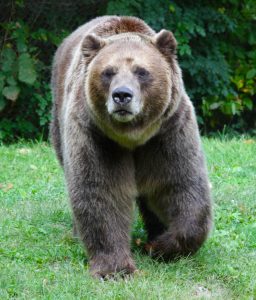
If you’ve had anything to do with the state of California, USA, you may have noticed that there’s the image of a big grizzly bear on the state flag.
Also, if you’ve been to California lately, you would notice that there are bears on the street signs, shop signs, and almost everywhere but there are no real grizzly bears to be seen! So, you’re probably wondering why this is so.
Well, historical accounts state that they used to be at least 10,000 grizzly bears roaming freely in California alone.
However, people’s fear of this massive creature fueled an unprecedented man-hunt/execution campaign. Now, the only place you can see them is a couple of grizzly bears in captivity at the San Francisco zoo.
So, how on earth did humans manage to get rid of such a large number of these bears so quickly?
Here is the truth about what really happened to the California Grizzly Bear.
A Few Facts About The California Grizzly Bear.
- When this animal was at its prime in California, people admired it for its beauty, size, and sheer strength. It eventually became a symbol of the ‘Bear Flag Republic’. This refers to a short-lived attempt in 1846 by American settlers living in the region to break away from Mexico. Subsequently, that rebel flag became the basis for the present day state flag of California.
- The California grizzly bear is now extinct. It was a very large, North American brown bear: a subspecies of grizzly bears.
- The name ‘grizzly’ seems to have two possible origins. One is from the word grizzled (meaning golden and grey tipped hair) or ‘fear-inspiring.’ However, naturalist George Ord formally classified it in the year 1815 using its character to name it Ursus horribilis (terrifying bear).
- Genetically, the North American grizzlies are all closely related. Hence, the California grizzly bear closely resembles the southern Alaska grizzly.
The last surviving California grizzly bear was shot and killed in Tulare County in 1924.
The Strategic Hunting And Extinction of the California Grizzly Bear.
Early settlers to California came along with a large number of cattle and they quickly built a thriving cattle industry there. But, grizzly bears would frequently kill cattle and other livestock for food. Thus, they quickly became the archenemies of the ranchers.
Vaqueros (horse-mounted livestock herders), were tasked with dealing with the grizzlies and they performed their task unfortunately too well. The grizzly bears were slaughtered for revenge and profit, or just for sport.
They would sometimes just shoot the bears on sight. Otherwise, they would track them then lasso (rope), and capture the bears for display. Many times, these bears were put in public squares to fight against bulls. This became a popular spectator sport.
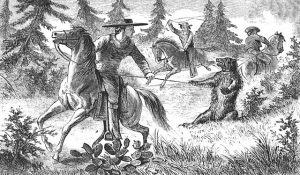
The California bear was quite large. In fact, one account states that in 1866, the largest California grizzly bear ever was captured and killed. It was caught in Valley Center and weighed 2,200 pounds (1,000 kg).
Within a span of just 75 years, the settlers killed almost every grizzly bear in California. After the last bear was killed in August, 1922, none was ever seen again.
Plans To Reintroduce The California Grizzly Bear
As a result of the ruthless destruction of grizzlies in California and other areas, they would have been extinct by now if not that are now protected. Presently, you can see small numbers of them in Wyoming, Montana, Idaho, Washington and Alaska.
In a rare twist, it appears Californians now want the grizzly bear back in the state. An environmental group, the Center for Biological Diversity, is pushing for the return of grizzlies to the state. They say it will keep the ecosystem in good shape.
In places like the Sierra Nevada mountain range, there is still land that can sustain such a large animal. Though the petition has been rejected once already. The latest petition is now 2 years old and if approved, it may become a reality through ‘de-extinction.’
The bears will be reintroduced using back-breeding and cloning to ‘resurrect’ the now extinct species.
But, the government is not in a hurry to give the nod for this proposal citing among other things their concerns about the following:
- attacks on humans
- attacks on livestock
- they already have to deal with the constant problems with black bears. (Black bears still exist in California).
- they tend to be more aggressive than other bears especially female grizzlies with their cubs.
So far, over 20,000 people have signed the petition, but whether it will push through and the California grizzly bear will breathe again, remains a long and uphill task.

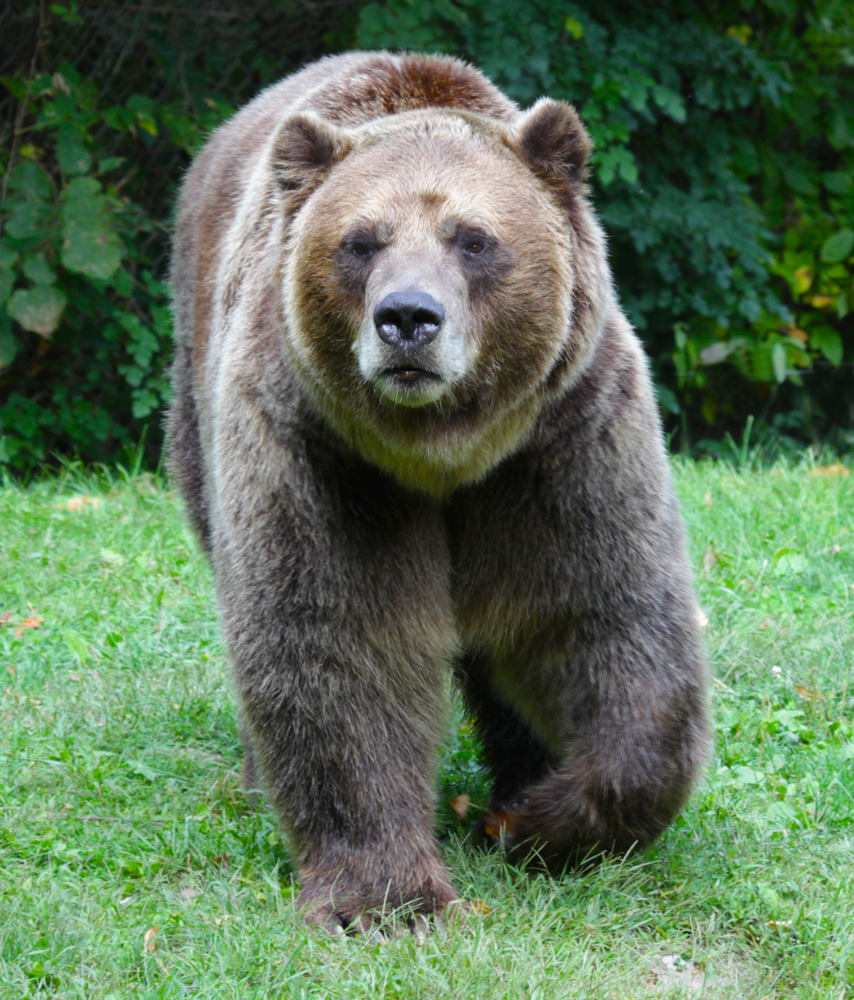
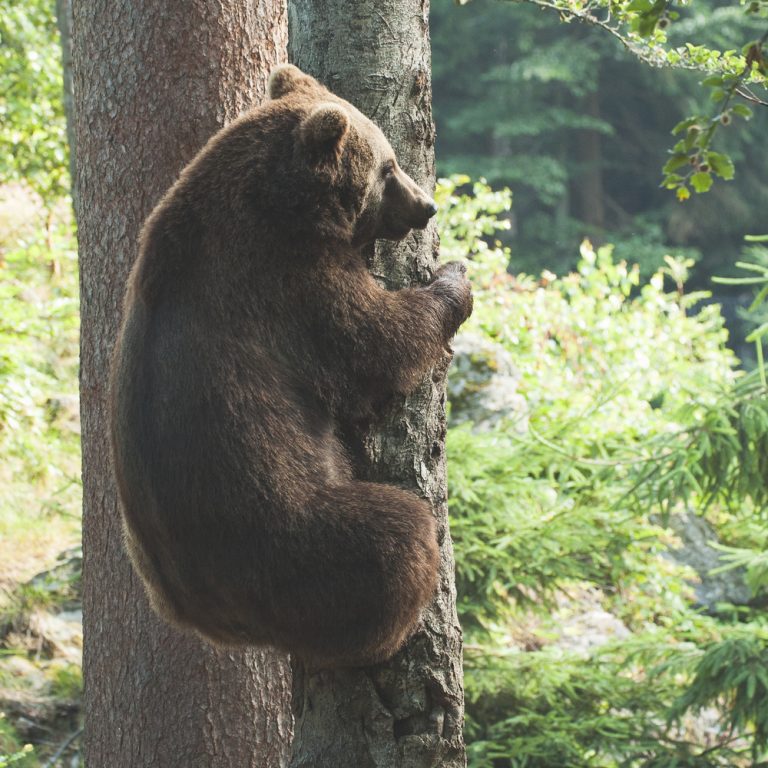
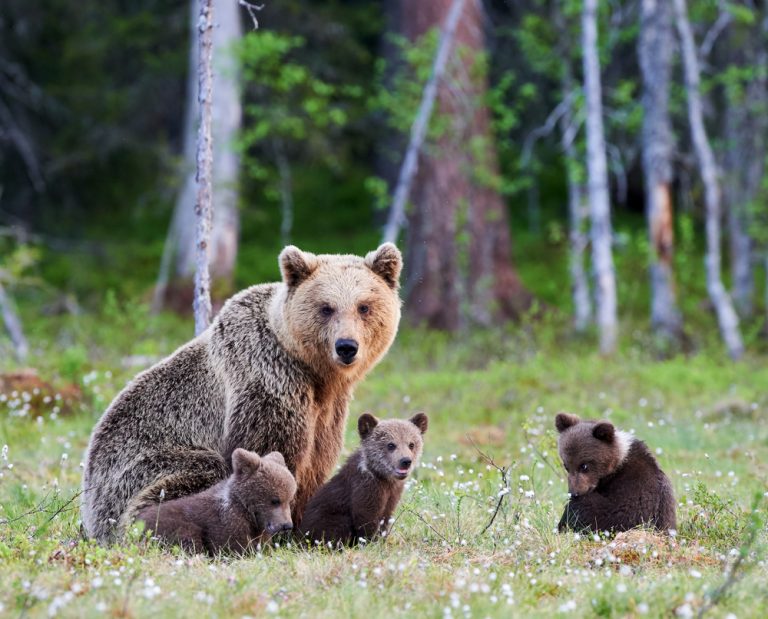
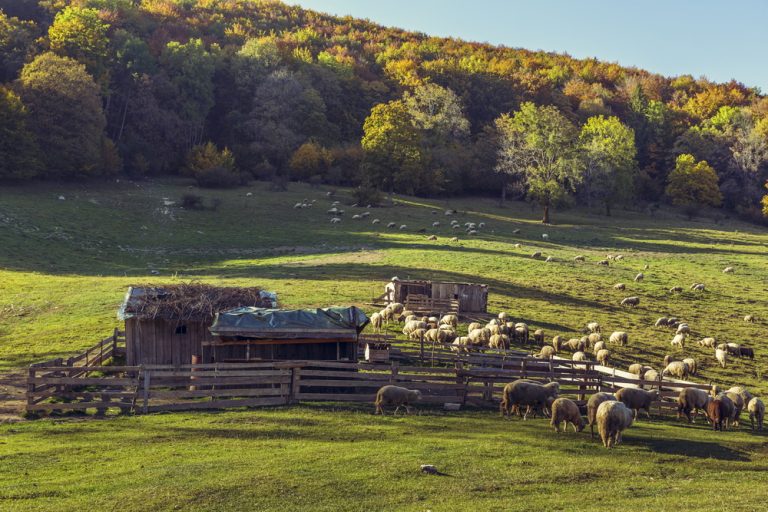
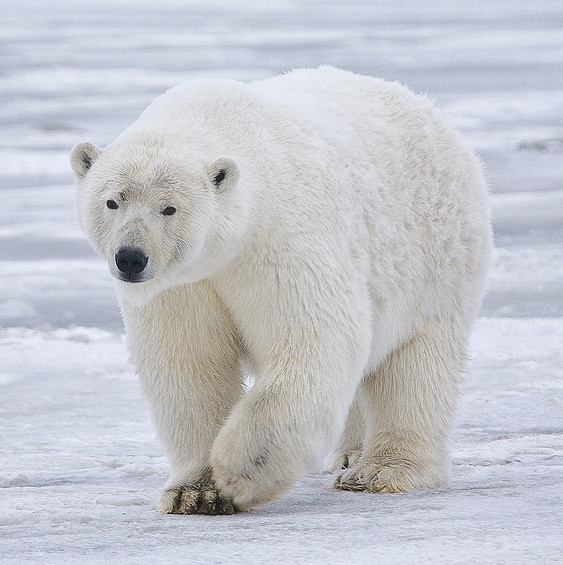
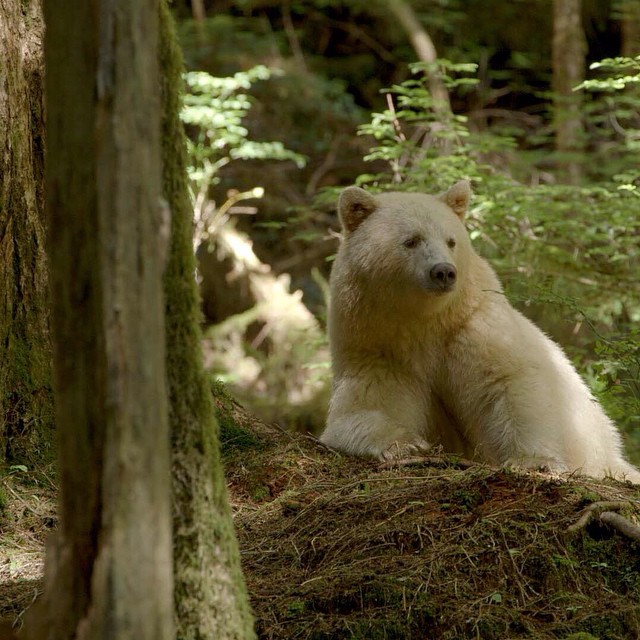
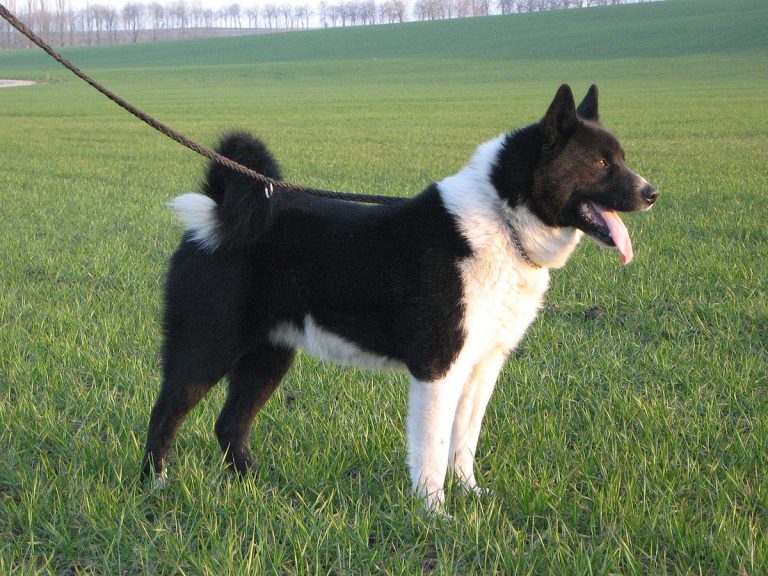
I would favor the reintroduction of the grizzly bear to California.